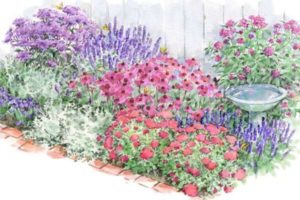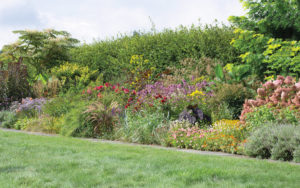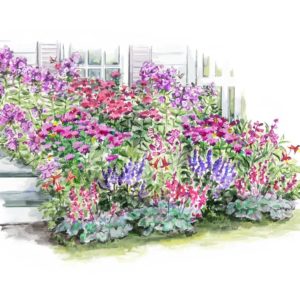During the hot and hazy mid-summer, the list of garden chores is whittled down to a few: watering, deadheading, watering, weeding, and watering.
If you are fortunate enough to be able to water, it’s a great idea to invest in a timer. Whether you prefer a simple mechanical timer or a more elaborate digital one, you can set the timer before you leave for work in the morning, so you water in the coolest part of the day. That wastes less water through evaporation. The theory is that water will evaporate, much like dew, and be less likely to cause fungal problems than night-time watering. We try to drag the sprinkler and hose into position the evening before.
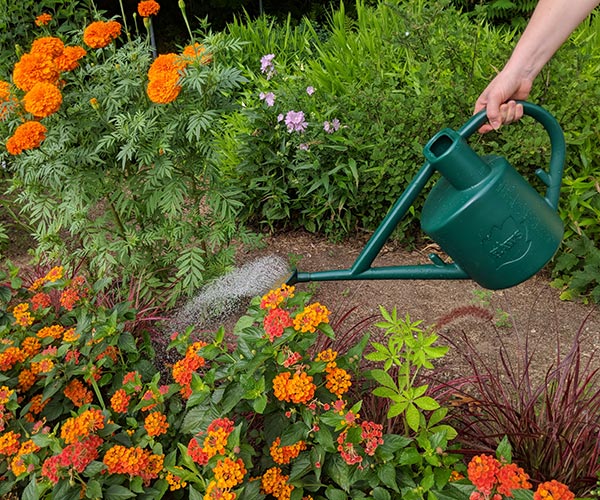
Most plants need an inch or two a week of water. In the garden, it’s better to deliver a single deep soaking than dribble a little water every day. Deep watering encourages roots to drive deep, making the plants less susceptible to wilting. Plants in containers may need watering daily – even twice a day. Check the soil first, though – overwatering is the biggest cause of death for container plants. The soil should be allowed to dry out a bit between waterings, although not so much that plants wilt.
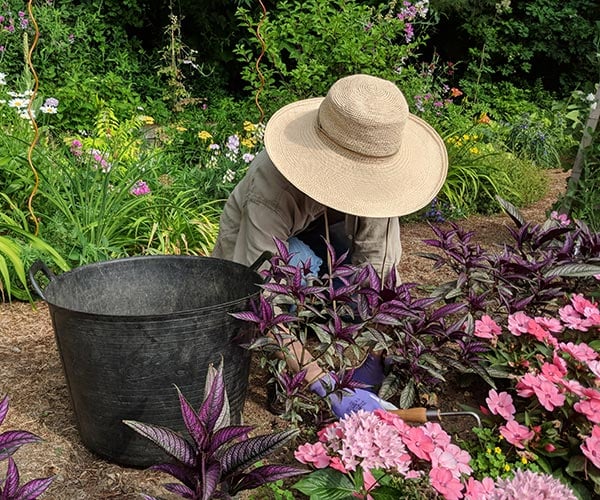
Most gardeners wouldn’t rank weeding as their most pleasurable task, but because it’s something that must be done, it’s best to make it as easy as possible. There is an array of top quality tools designed to help eradicate weeds of various types in a variety of locations. An Easy-Glide Garden Hoe works beautifully in borders and the Tight Spots Weeding Tool dislodges weeds that find their way into crevices and cracks. In addition to having the right tools and supplies (like a good Trug to haul away weeds), our advice is to weed after it rains or after a good watering. The roots of most weeds yield more easily when the ground is moist.
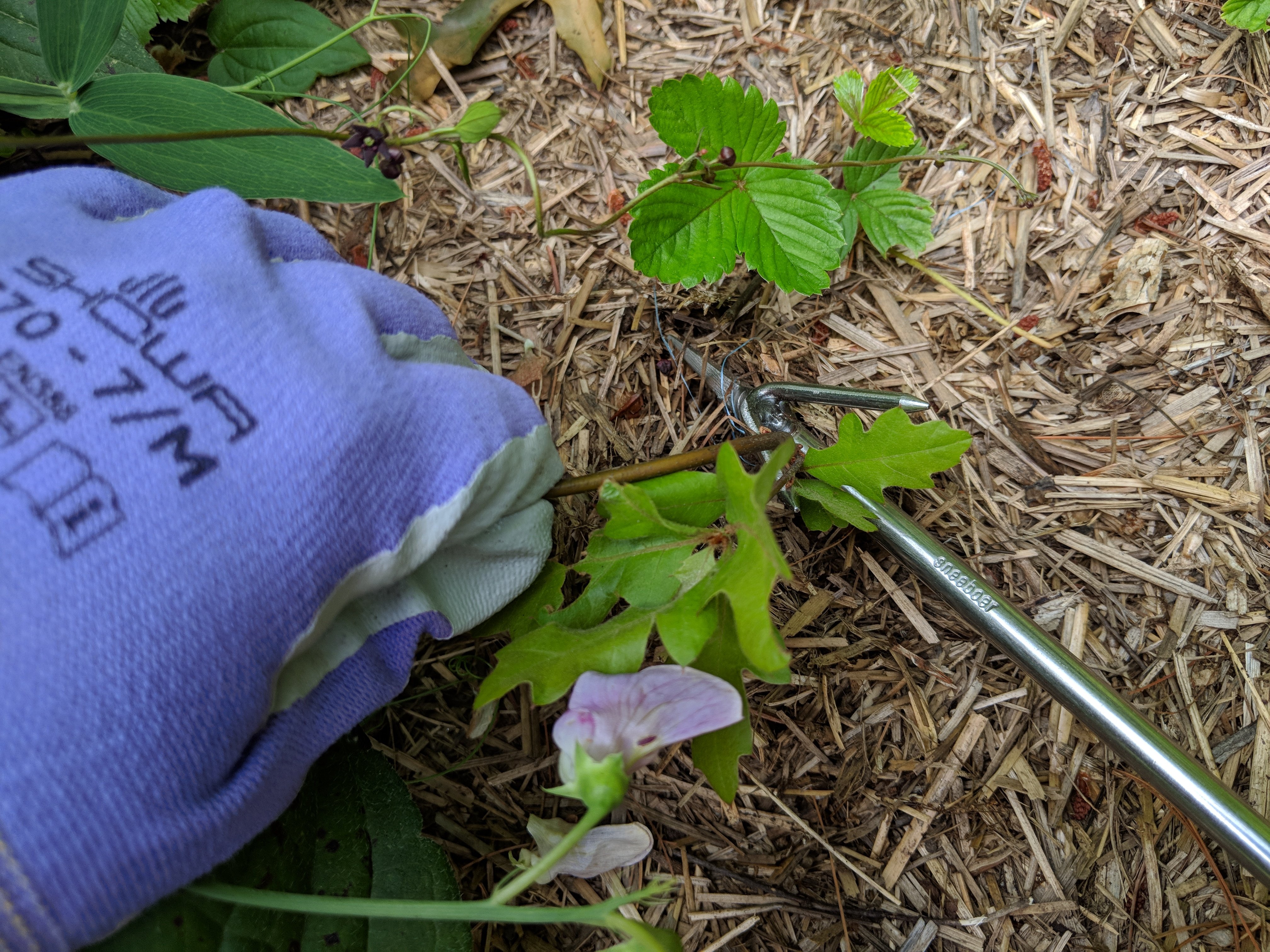
Although deadheading can be a tedious task, it is one that is necessary and will reward you in the end. This will help keep your garden looking fresh and tidy. However, another important benefit of deadheading is to help produce blooms for the rest of the growing season. The process of deadheading includes removing spent flowers, either with hand pruners or the tips of your fingers by pinching off the tips of the plant. By doing this, taking care to remove the ovaries, you are helping redirect energy back into the plant. This will help to encourage another flush of flowers in many perennials. Leaving you with a longer period of time to enjoy the flowers and blossoms in your garden.


